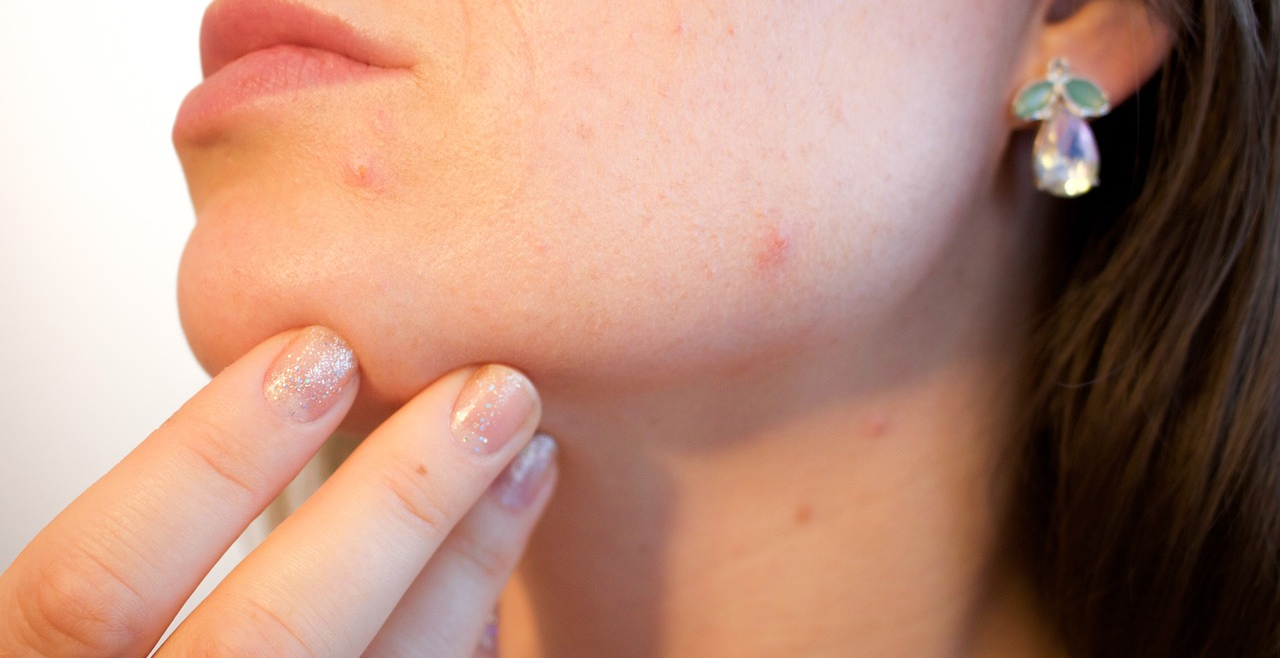Scars are a part of your body’s healing procedure after the skin is damaged or cut. They can appear anywhere on your skin. There are different scar types, including atrophic, contracture, keloids, flat, stretch marks, and raised scars. At times, scars can be tender or painful and even itchy. Multiple treatments can help make scars less noticeable or smaller.
Your treatment may depend on the scar’s location, size, and type. The scar’s age, your age, and whether it impacts your moving ability or causes pain can also affect your treatment choice. This article outlines five effective scar treatment options.
1. Microneedling
Microneedling is an excellent complexion restoration method, especially if you’ve had surgery or acne. This non-invasive treatment option increases your collagen production and leaves your skin glowing and smooth. Microneedling involves using tiny needles to prick the skin to increase collagen levels to enhance your complexion. It promotes the creation of new skin cells while accelerating healing. It also breaks old scar tissues down.
With this treatment option, you have a lower post-inflammatory hyperpigmentation risk. It’s an effective procedure for age spots, rosacea, and dark spots, which sheds off the skin’s upper layer and minimizes melanin production. You can book your consultation at a trusted Microneedling Medspa to begin your journey to flawless skin.
2. Laser scar treatment
Laser treatment helps minimize the appearance of dark spots, wrinkles, scars, and skin lesions. It can be successful even if you’ve had the scar for several years. This treatment method uses light beams to poke holes in the scar tissue or remove it based on the laser type used. This procedure stimulates collagen production and lets your body generate smoother skin. Laser treatment may aggravate cold sores and cause milia and hyperpigmentation. However, it makes scars smaller and less noticeable.
3. Scar revision surgery
Scar revision surgeries are invasive treatments for reducing scars to make them less conspicuous while ensuring they blend well with the surrounding skin’s texture and tone. The procedure can enhance your scar’s appearance, improve itchy scars, or reinstate the function of the body part that the scar could have restricted. Tissue expansion, Z-plasty, skin flaps, and skin grafts are skin revisions you might undergo. Considering that each procedure has complication risks, including bleeding and infection, a qualified and skilled plastic surgeon should examine your scar and discuss suitable treatments for you.
4. Compression or pressure therapy
Compression therapy reduces scarring and improves a scar’s cosmetic appearance. It is the first-line standard treatment for scarring problems commonly experienced in serious burn injuries, mainly those requiring skin grafting or post-operative scar complexities. There’s a high risk of keloid or hypertrophic scarring in such cases. Compression Orthoses are effective corrective or preventive scar management methods. You can wear pressure dressing, including stocking and an elastic bandage for pressure application.
5. Dermabrasion
Dermabrasion, or dermaplaning, is a treatment method for refinishing the skin’s top layer via managed surgical scraping. It’s an effective procedure for acne scars, disease or accident scars, and pox marks. However, it’s less successful on burn scars. During the treatment, the scarred area is cleansed then a freezing spray or numbing medication is given to anesthetize it. The scar tissue is then removed.
Endnote
Scars can be itchy and painful, but fortunately, they can be treated. Consider implementing these scar treatment options.


